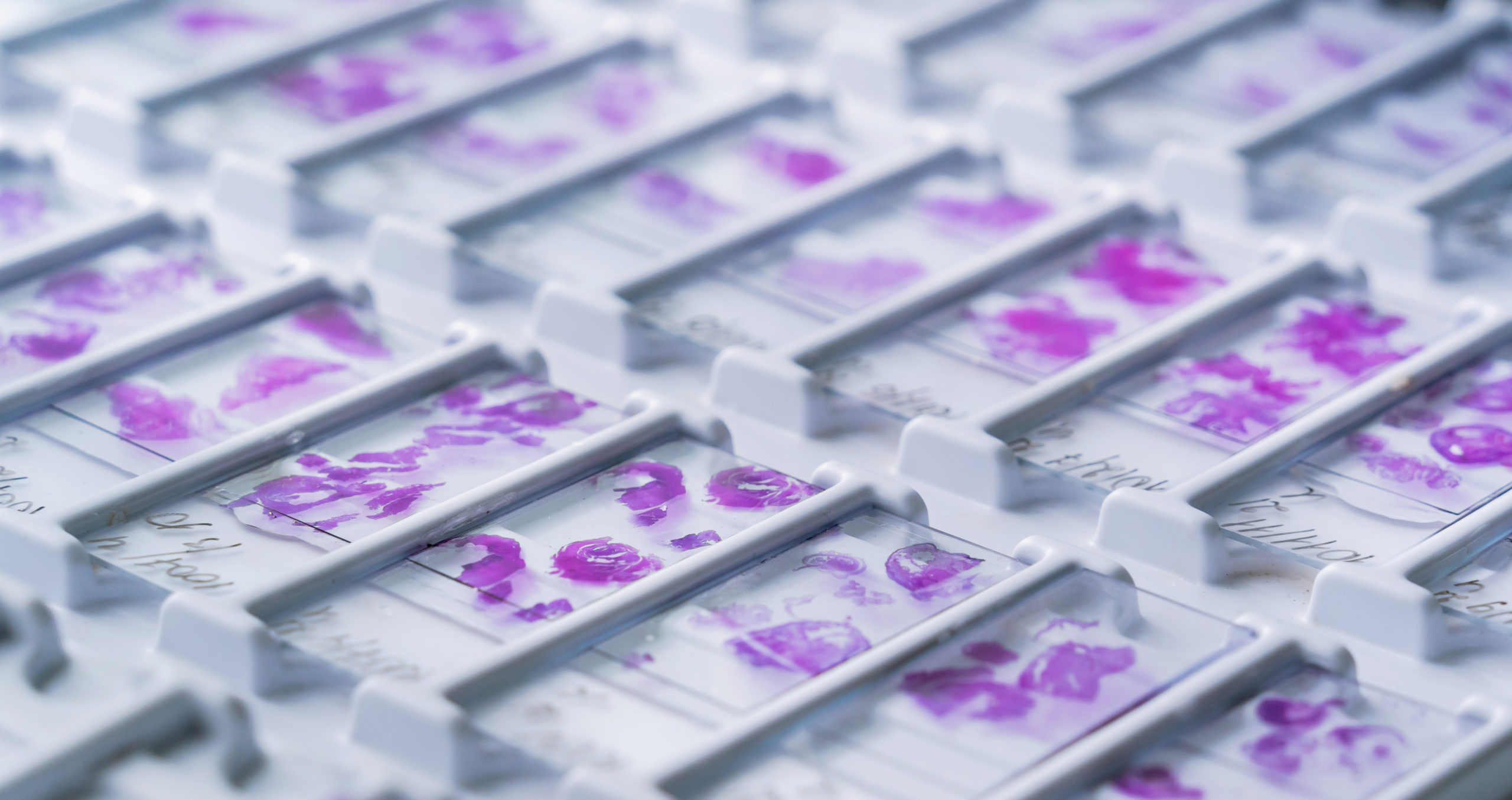From recent surveys, studies and medical school records, the pathology gap (imbalance between practitioners vs growing incidence of disease) is further exacerbated by impending retirements, a decline in graduation rates, and entry into subspecialties (when adjusted for population levels). [1]
Further complicating this pathology gap are continued cost-cutting measures imposed by independent institutions, facilities, insurers, and agencies such as the Centers for Medicare and Medicaid Services. In their latest ruling on the physician fee schedule, the CMS reported that there will be a 1.25% overall reduction in the CY 2024 PFS from CY 2023. [2] By comparison, there was no overall reduction from CY 2022 to CY 2023. Tightening the belt even further, the 3.75% temporary CY 2021 payment increase provided by the Consolidated Appropriations Act, 2021 is set to expire.
How can pathologists and healthcare institutions do more with less?
Streamline the pathology workflow:
Following the concept of lean production, pathologists can focus on the work that they do best by off-loading other work to pathology assistants (e.g., tissue grossing) and other care extenders. [1] This leaves the pathologist to focus their resources on what only they can do – confirm findings and sign the case report.
Extend access to pathologists:
Telepathology enables access to pathologists and sub-specialists, regardless of location. Even when the pathologist is in the same facility, they can readily review live patient cases via remote viewing to render or confirm findings and, without further delay, advance care for the patient. When the pathologist is not located in the facility with the patient slides, they can still utilize remote telepathology to view the patient samples. Used in conjunction with ROSE cases, remote telepathology can translate into shortened OR time for the patient, thus reducing overall costs for the patient, insurer, and healthcare system. Following suit, specialists can also be utilized via telepathology to review challenging cases.
How can the ACCU-SCOPE® RC500 Remote Telepathology System help close the pathology gap and ease the burden on the healthcare system?
The RC500 Remote Collaboration System was developed to address the need for live telepathology and as an alternative to costly slide scanning methods. Through remote sharing technology, a pathologist can review glass slides from any location and at any time.
Through telepathology, the RC500 enables the remote reviewing of patient slides regardless of proximity to the laboratory. Likewise, the patient care team also benefits from live telepathology by enabling access to readily available sub-specialists when additional expertise is required. Additionally, live telepathology, as in FNAs and ROSE, improves patient care by shortening the time for review and accelerating treatment.
Would you like to learn more about the RC500 Remote Collaboration System for Live Telepathology?
CLICK HERE to request a demonstration



